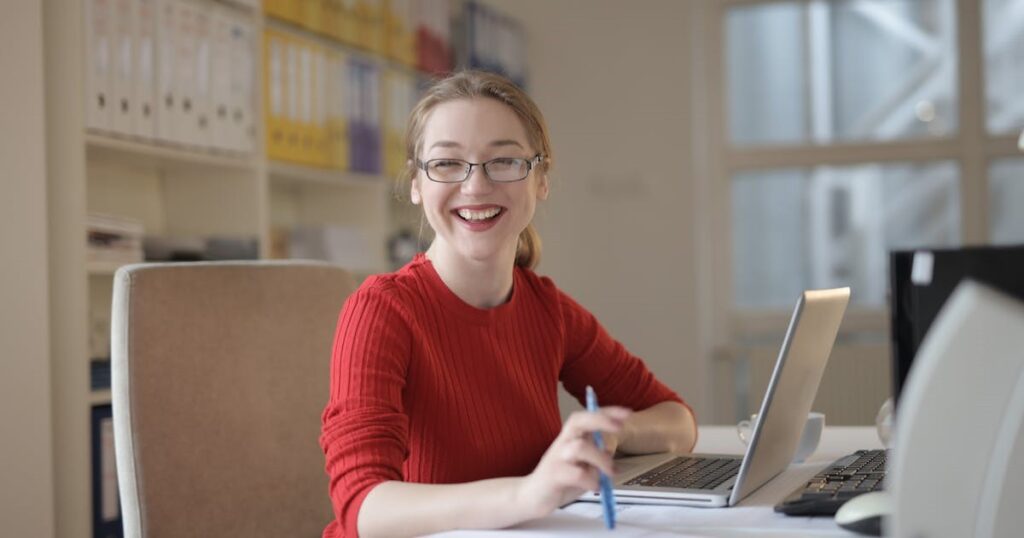
Creativity can be the key to achieving good performance at work and contributing to problem solving. The market increasingly demands innovation from professionals, as brands also focus on going beyond the obvious and presenting visionary aspects.
With this, the individual only has to gain by bringing out creativity, even if their profession is not intrinsically linked to this characteristic. But how can you be creative to resolve the obstacles that arise along the way?
What is creativity?
Creativity can be defined as a cognitive ability directly related to the generation of original ideas, concepts and solutions. We can notice the influence in different areas of life, including arts, sciences, business, technology and even everyday life.
Creative people often have the ability to think in a flexible and adaptive way and thus approach problems from different angles. Furthermore, this ability involves connecting ideas to create something new and meaningful.
The skill in question also consists of evaluating these ideas critically and refining them to make them more viable and effective. Furthermore, it can be considered as a way of individual expression.
It is also something that can be developed and improved over time through practice, exploration, and exposure to different influences and experiences.
Creativity at work
Creative professionals are faced with benefits that unfold in different areas of work. This quality brings positive impacts not only to individuals, but also to organizations themselves. As you read on, you can see each advantage of being creative at work:
1 – Efficiency
Taking into account that the skill can be applied to optimize processes, by thinking creatively, employees can identify more efficient ways of carrying out tasks and operations.
2 – Engagement and satisfaction
When the work environment encourages the team to be creative, the atmosphere tends to be more stimulating and satisfying for everyone, which can increase engagement and satisfaction. These are important aspects, which also indirectly influence high performance.
3 – Professional development
It is also worth noting that creative individuals at work find the opportunity to develop new skills, learn new things and grow professionally.
4 – Highlight in the market
Companies also benefit when they make room for creative talent. When brands invest in innovation in their products, marketing and strategies, the task of standing out from the competition and attracting more customers becomes much easier.
5 – Collaboration
When the team is creative, this often involves collaboration and sharing ideas, which can strengthen relationships between colleagues, promoting a healthier and more harmonious environment.
How to apply creativity to tackle challenges at work?
Another great advantage is that creative professionals can take advantage of this ability to solve problems at work. To achieve this, a series of behaviors and attitudes must be put into practice.
1 – Analyze the problem from different angles
To be imaginative in taking care of an issue, you want to examine it from various points. Attempt to investigate every one of its aspects and make sure to for arrangements that are past the self-evident, regardless of whether they appear to be abnormal from the start.
2 – Do in-depth research
Despite the fact that we enjoy the benefit of imaginative and credible reasoning, this doesn’t remove the need to accumulate however much data connected with the issue as could reasonably be expected, so pursuing informed choices is conceivable.
3 – Collaborate with others and combine ideas
Filling in collectively and utilizing the assorted viewpoints and abilities of your partners can be the way to tracking down imaginative and compelling arrangements. Join various plans to create new and half and half arrangements.
4 – Write down your ideas
One tip is to always have a pen and paper nearby, or even a diary of ideas, so you can record everything and refer to this information when necessary. You can also do this on your computer through certain applications and tools, such as Trello, for example.
5 – Create mind maps
Creating mind maps can help you visualize and organize your ideas more clearly. These maps can bring together elements such as colors, shapes and images to represent information. This makes ideas more concrete and tangible, making them easier to understand.
To create one, start with a central topic in the center of the page and from the central topic, create branches that represent related main concepts or subtopics. Each branch should be a short word or phrase.
Colors can be used to differentiate branches and highlight important information, while icons and symbols can represent specific concepts.
6 – Study
For creativity to reach full effectiveness, the professional can choose to continue studying. The more knowledge, the better the repertoire for ideas to come to light.